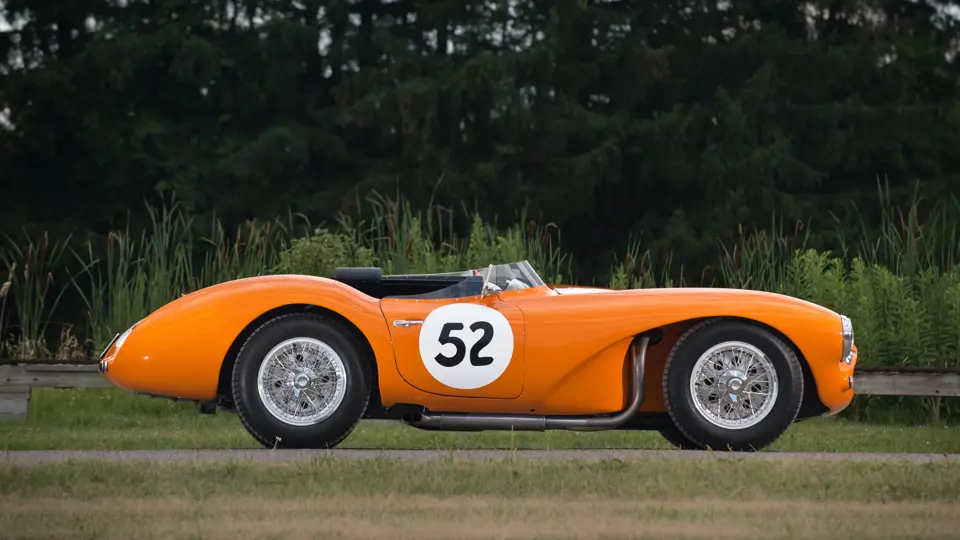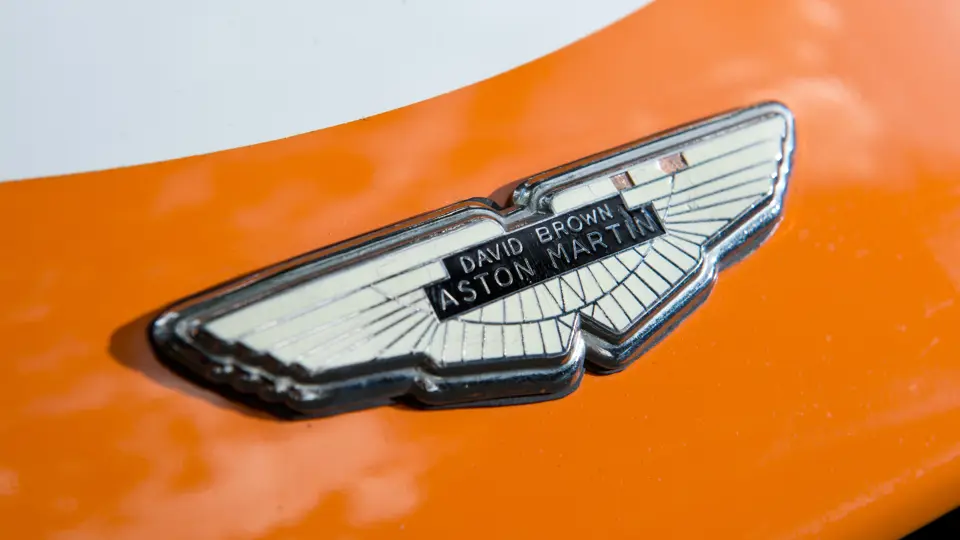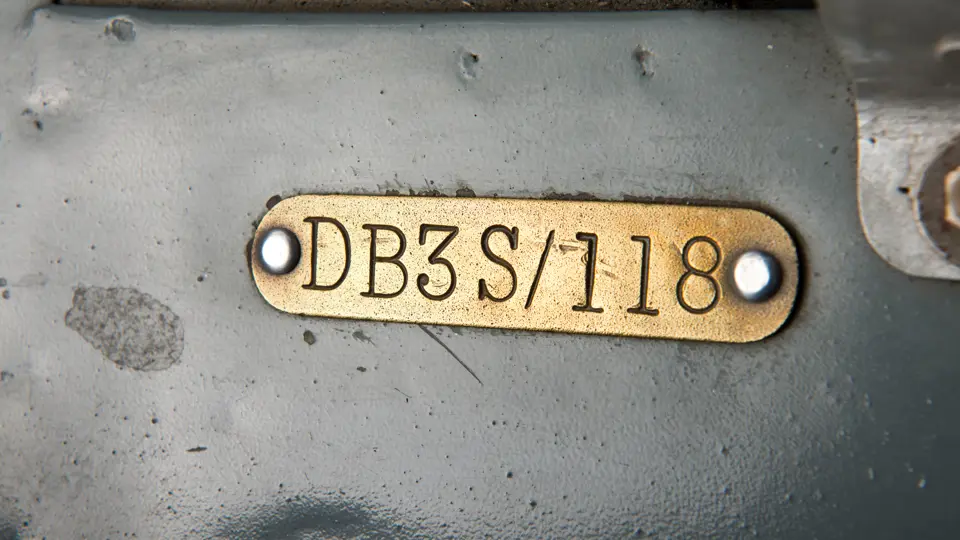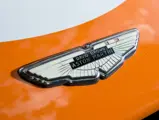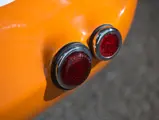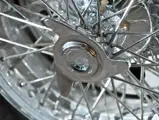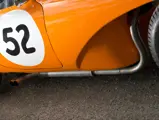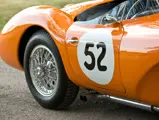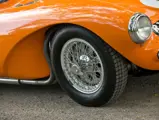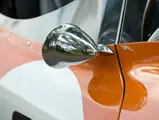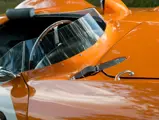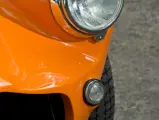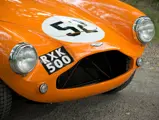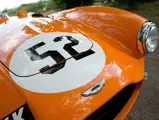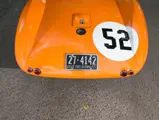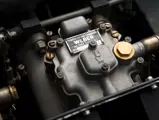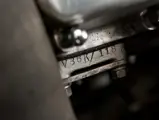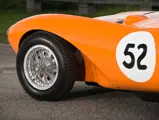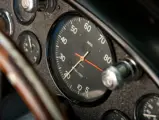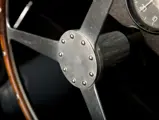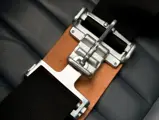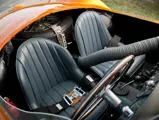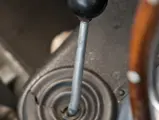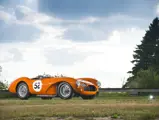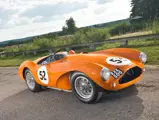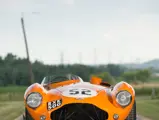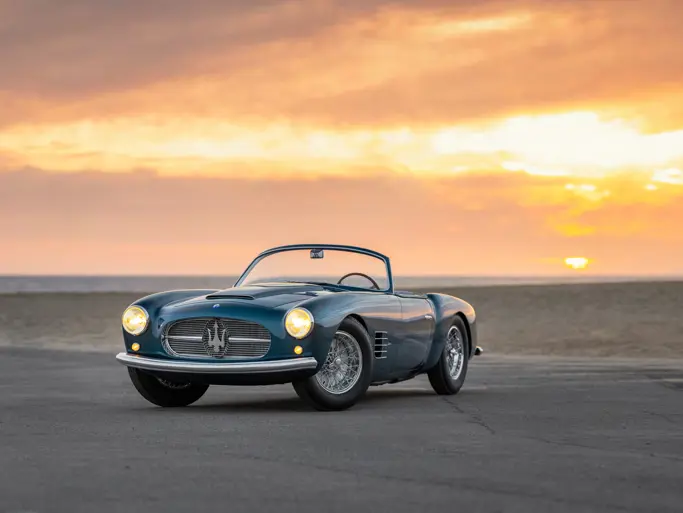210 bhp at 5,500 rpm, 2992 cc inline six-cylinder engine, twin overhead camshafts, triple sidedraft Weber carburetors, four-speed David Brown close-ratio gearbox, independent front suspension with trailing links, torsion bar springing and lever shock absorbers, De Dion rear suspension located by parallel trailing links and Panhard rod, torsion bar springing and telescopic shock absorbers, and four-wheel Alfin drum brakes. Wheelbase: 2210 mm
• Original chassis, numbered engine, and bodywork
• Delivered new to Holland
• Outstanding provenance with known ownership and documentation from new
• In the hands of two well-known Aston Martin collectors for the past 48 years
• Only privateer car fitted with a twin plug head at the factory
God bless David Brown. Brown (later, Sir David) ran the family tractor and gear manufacturer business, producing products under his own name, and bought out both Aston Martin and Lagonda from receivership in 1948, after the devastation of the war years. Aston was acquired for its modern chassis and sporting heritage, while Lagonda appealed for its W.O. Bentley-designed twin-cam, 2.6-litre, six cylinder engine, first appearing in the Aston Martin DB2. Brown was committed to motorsport competition from the get-go, famously entering one of the first-ever postwar Astons in the 1948 Spa 24 Hours and began racing DB2s at Le Mans in 1949. Within two years, DB2s finished First, Second, and Third in Class at the 1951 Le Mans 24 Hours and Third Overall against the likes of Jaguar's formidable C-Type sports racers, which was a remarkable achievement.
Nevertheless, an overall victory at Le Mans was in Brown’s sights, and he fielded a factory team there each year from 1950 through 1959, when he achieved his greatest competition success: First and Second Overall at Le Mans with the iconic DBR1. That year, Aston also won the coveted World Sportscar Championship, the first British manufacturer to do so since Bentley in the prewar years, and the smallest manufacturer to ever do so, before or since. However, Brown first required a purpose-built racing car to fulfill his mighty aspirations.
DB3 and DB3S
Launched in 1952, the first Aston sports racer was the DB3. Developed for Aston Martin by Eberan von Eberhorst, a former Auto Union racing engineer from the prewar era, the DB3 featured an all-new, tubular chassis using De Dion rear architecture, with a purposeful, chunky, slab-sided body.
Competition victory proved elusive for the DB3, however, and its performance was hampered by reliability issues never suffered by the DB2 effort. So, Brown commissioned A. G. “William” Watson to engineer an improved car. In May 1953, a new prototype appeared at Charterhill, UK, called the DB3S. This car was a significant redevelopment of the DB3 and featured a lighter chassis with a reduced wheelbase, as well as many other modifications, which significantly altered the essence of the original Eberhorst conception. Most importantly, the Salisbury hypoid-bevel final drive was replaced with a David Brown spiral-bevel version. It was the hypoid spiral drive that retired two DB3s at Le Mans in 1952. Other changes included new rear suspension geometry.
Most impressive of all, perhaps, was the svelte, almost feline new body figure rendered characteristically in aluminum by Frank Feeley, designer of the DB2 for Aston Martin, which is considered today to be his masterpiece. Featuring the classic cutaway section behind the front wheels, it presaged the style of the famous pontoon-fendered Ferrari 250TRs by several years. The DB3S raised eyebrows, as well as expectations, for success. This design was also the first to refine the “humped oval” grille theme, which has become the trademark identifier of Aston Martin production cars through the present day.
It was, therefore, the DB3S that came to represent the quantum leap towards international conquest that Brown so intently craved. At its Charterhill debut, a DB3S driven by Reg Parnell beat out an Ecurie Ecosse C-Type for an overall victory. Shortly thereafter, however, three DB3Ss raced at Le Mans with little triumph. Ironically, this was the only race that Aston Martin lost in 1953. During the Tourist Trophy, Goodwood Nine Hours, and British Empire Trophy, Aston Martin took overall victory against all comers. With this newfound mastery, Brown was emboldened.
For the 1954 season, David Brown introduced a new 12-cylinder sports racer, reviving the Lagonda name in competition. The engine, a 4.5-liter unit developed by Watson, was essentially conceived as two of the standard VB6J Aston engines combined and mated to a common crankshaft. To counterbalance for the weight penalty, both the block and crankcase were rendered in aluminum. This required a whole new range of compensatory solutions to the workings of the engine internals, including tighter bearings, which resulted in problems at start and low temperatures until the engine was running up full temperature. Though based upon the DB3S shape, the appearance of the Lagonda could be described as “corpulent” in comparison to the graceful DB3S. Overall, the Lagonda was plagued with problems and proved a frustrating distraction from continued development of the parallel DB3S program until the Lagonda sports racer was abandoned in 1955.
Meanwhile, by 1955, the DB3S was to benefit from the three-litre limitation on engine capacity in the sports car championship. Victory was seen at Silverstone with a Second Place Overall at Le Mans, with drivers Peter Collins and Paul Frere fiercely tracking the winning new Jaguar D-Type piloted by Mike Hawthorn and Ivor Bueb. This was the best overall Le Mans result Aston Martin achieved to date. Subsequently, the DB3S went on to demolish the Jaguar competition at the British GP and to win the Goodwood Nine Hours for the third time.
In 1956, the DB3S repeated its prior year performance at Le Mans, finishing with a Second Place Overall result, with Stirling Moss and Peter Collins at the wheel.
Through all phases of design, development, and racing, the DB3S was able to achieve significantly greater success than the DB3. Though still falling short of Brown’s dream of achieving overall victory at Le Mans, the DB3S was established as a force to be reckoned with, finishing their last two seasons in the top five Marque Championship points.
The “Customer” Cars and Chassis 118
Ten Works examples of the DB3S were completed by the factory to this point, while demand was growing for a production version for sale to privateer competitors. Thus, a second series of DB3Ss were built, commencing in 1955, to become known as the “customer” cars (easily identifiable by their three-digit chassis numbers). Eschewing the complex twin-plug head used in the Works cars, the customer cars were fitted with an upgraded version of the production VB6J engine with a high compression head featuring larger valves and competition camshafts, with the addition of triple, dual-throat, sidedraft Weber carburetors. In addition, the connecting rods were to competition specifications, and the main bearing housings became of the solid type. This engine version was designated the VB6K. In all, 20 customer cars were produced, many of which went on to distinguish themselves in international competition, adding to the DB3S mystique.
The 1955 Aston Martin DB3S we have the pleasure of offering here is chassis 118, ordered new by Dutch racing car driver Hans Davids and finished in the appropriate national racing livery of “Dutch Racing Orange.” As legend would have it, Davids made his debut at the Goodwood circuit on April 14th, 1956, arriving in style behind the wheel of a white Chrysler 300 with his bright orange Aston in tow in an orange trailer. Quite the entrance!
After a Third Place finish in the car’s debut race, he managed a 17th place a month later at Silverstone. Davids continued to campaign the car for the duration of the season, with his greatest success coming in his final race at Zandvoort, where he not only set the fastest lap record but also finished First Overall. It would be a fitting and appropriate way to end the season and, ultimately, was his last race as a professional. Notably, while in Davids’ ownership, it was returned to the factory for the installation of the “Works competition” twin-plug head it retains to this day.
Later that same year, Davids sold DB3S/118 to Paul Hyatt, a captain in the U.S. Merchant Navy. Hyatt brought the car to the United States, where it was immediately successful, winning its class at Bridgehampton in 1958. Several other racing successes followed in the U.S, and the car was then acquired by Aston enthusiast Joe Lubin, a “gentleman racer” who entered 118 at Pomona in 1958. There, Bob Oker dueled with Richie Ginther, who was behind the wheel of a 500 TR, until he was forced to retire with mechanical problems. During that race, it is reported that the Aston suffered front end bodywork damage but certainly nothing of major consequence.
Following the repairs, Lubin retained the Aston until 1964, when he sold it to Richard Felt. Felt would remain the caretaker of s/n 118 for almost 30 years, during which time he began the restoration process on the Aston.
In 1985, another Aston enthusiast and well-known collector, Chris Salyer, who expressed great interest in the car, visited with Richard Felt, who was not yet ready to part with the car. It would not be until 1992 that Mr. Salyer finally acquired the car, in partially restored condition with the bodywork in unpainted, bare metal. Salyer opted to leave the car this way when he first acquired the DB3S and even showed the car at events in its unpainted state. It was subsequently refinished in white with blue racing stripes and shown in that livery on several occasions, including at Laguna Seca and competitively at Pebble Beach, where it received a Second in Class.
Within the last several years, Mr. Salyer opted to honor the car’s Dutch racing heritage and refinished it in the distinctive national race team livery. Since that time, it has not been shown but only been carefully maintained by his staff of mechanics and is ready to be shown in its historic livery with its next enthusiast owner.
The car is complete with an extensive history file that contains the original Aston Martin paperwork, as well period photography at various races, documentation of the original restoration with Felt, as well as the most recent work with its current owner. The original paperwork included with the car indicate its original configuration, including the air box, open exhaust, Borrani wire wheels, unique rev counter, tonneau cover, MS-3 brake lining, 3.9 axle ratio, and twin-plug head (indicating this paperwork may have been supplied following Davids’ return for the twin-plug head fitment later that year).
Generally regarded as one of the more correct and original Aston Martin sports racers, it is important to note that this car still retains its original chassis with all numbers intact, and the body is also highly original, having only required minor repairs throughout its entire racing life.
Without question, the Aston Martin DB3S is one of the most attractive and elegantly designed sports racing cars of the postwar period. Its design incorporates engineering and aerodynamics with unqualified success. The DB3S offered here is a rare example of one such car with outstanding provenance and mechanical and cosmetic condition, offering its next owners the unique opportunity to debut s/n 118 at events around the world.
Race History
(The Aston Martin DB3S Sportscar by Chris Nixon)
1956
April 14 Goodwood (H. Davids) 3rd & 3rd
May 5 Silverstone Daily Express (H. Davids) 17th
May 13 Spa GP (H. Davids) 4th
May 27 Zandvoort (H. Davids) 1st
June 10 Opatija (H. Davids) Retired
September 8 Goodwood (H. Davids) –
September 22 Zandvoort 2nd
1957
June 9 Zandvoort (H. Davids) 1st
Sold to Capt. Hyatt
USA
1958
June 1 Bridgehampton (F. Windridge) 1st in Class
June 15 Lime Rock (A. Markelson) –
Sold to Joe Lubin
1959
March 8 Pomona (B. Oker) Retired





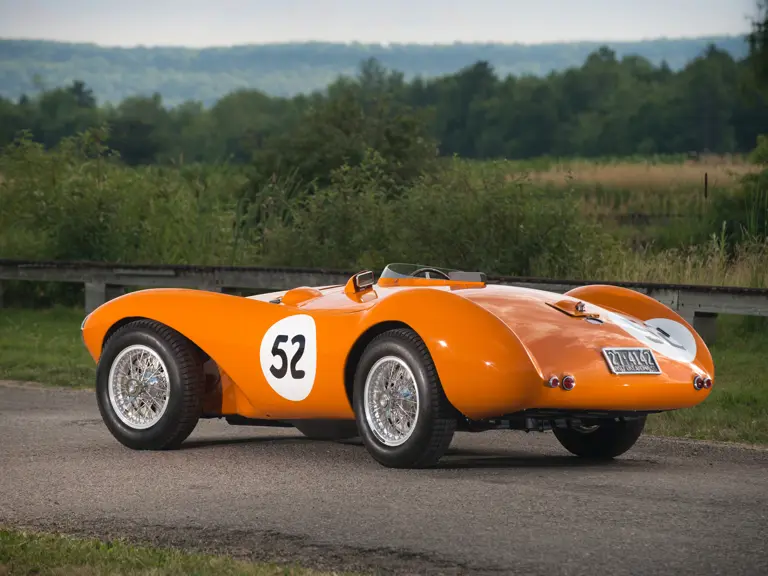
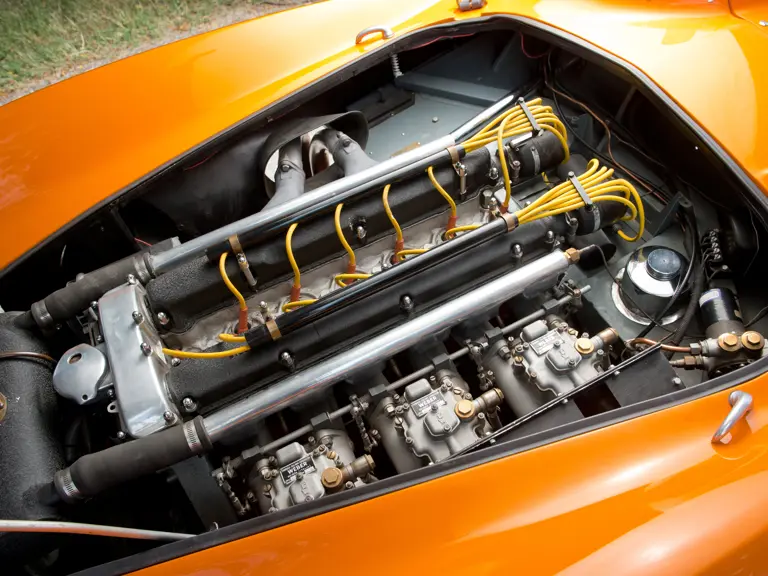
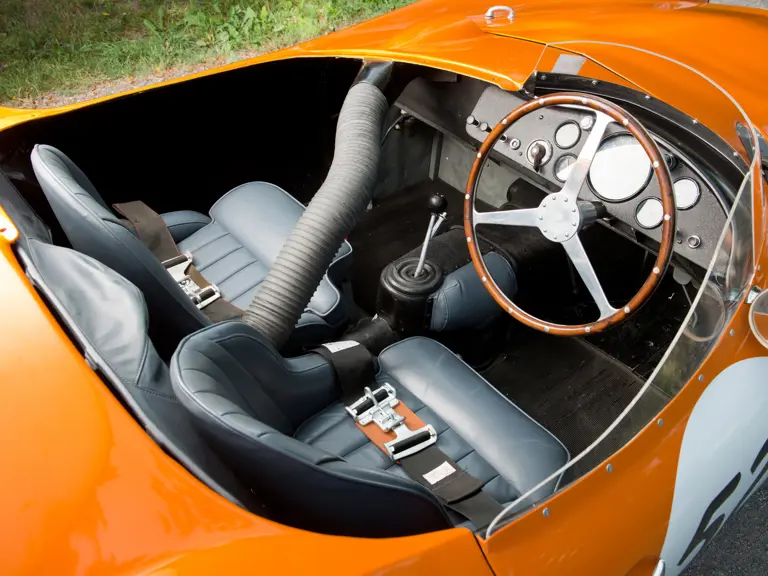
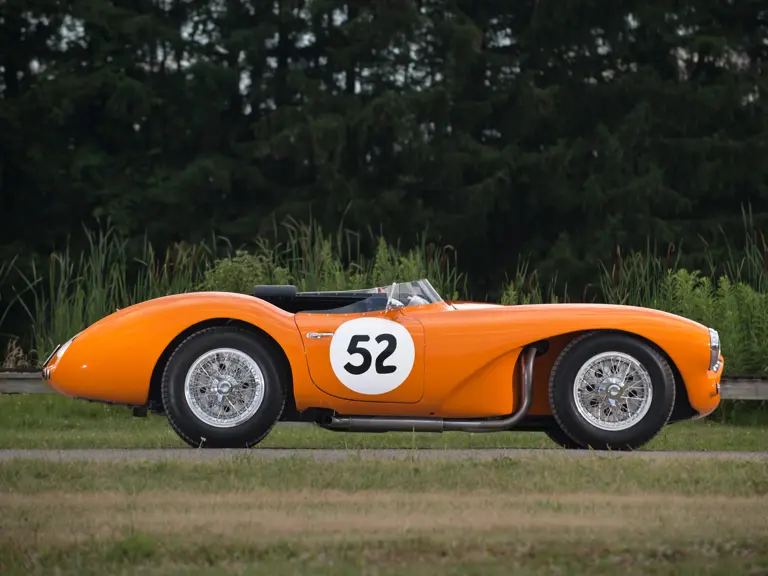
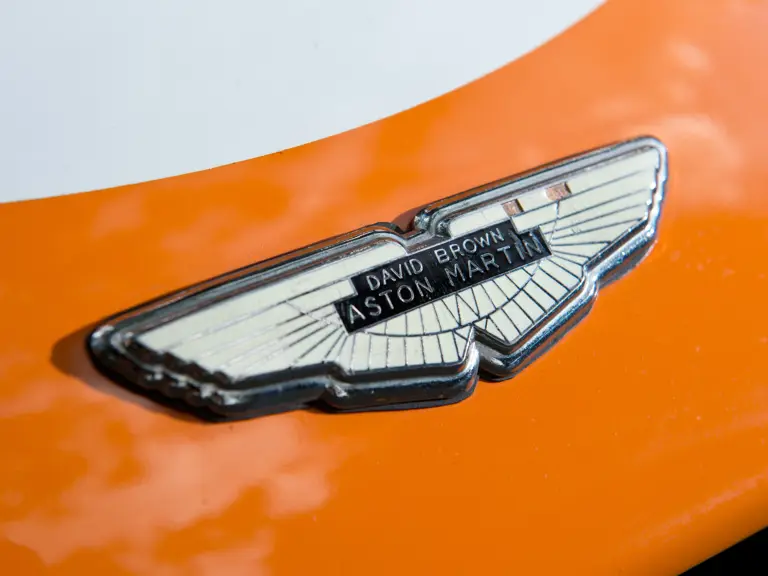
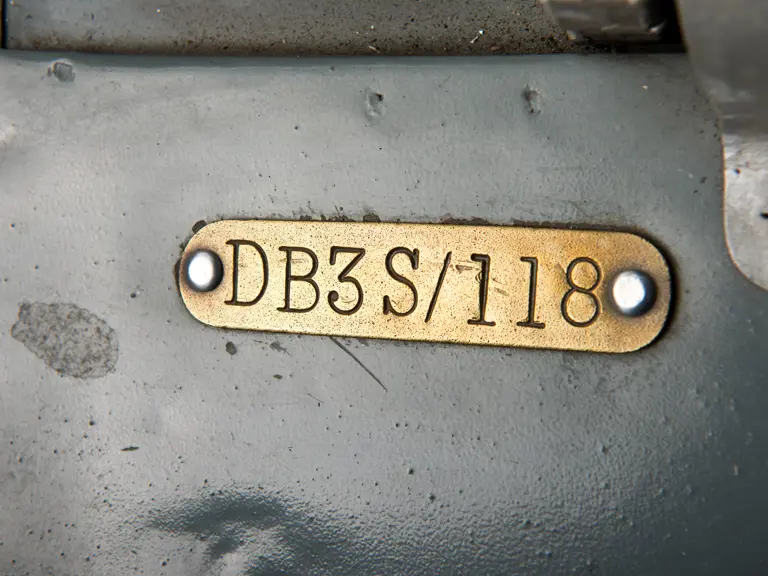
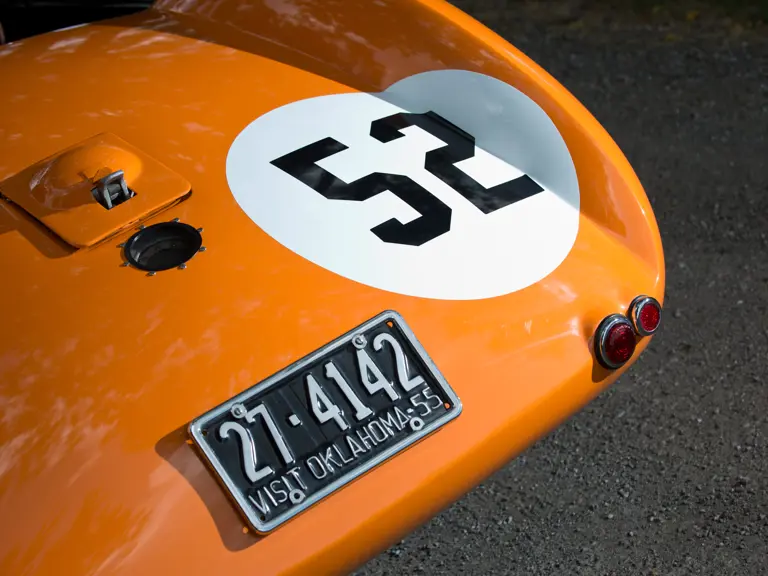
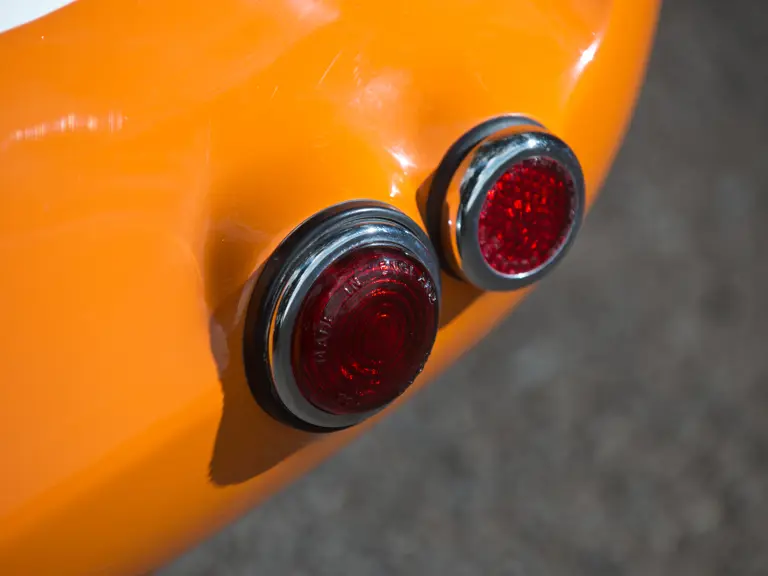
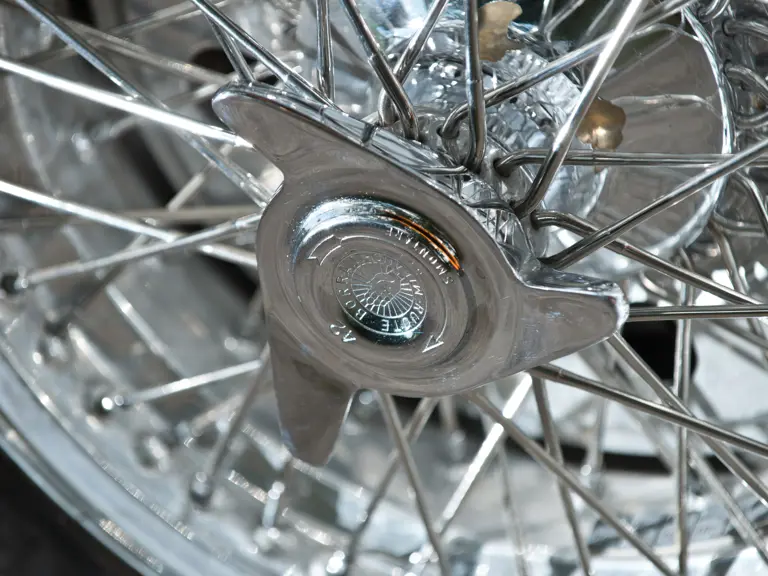


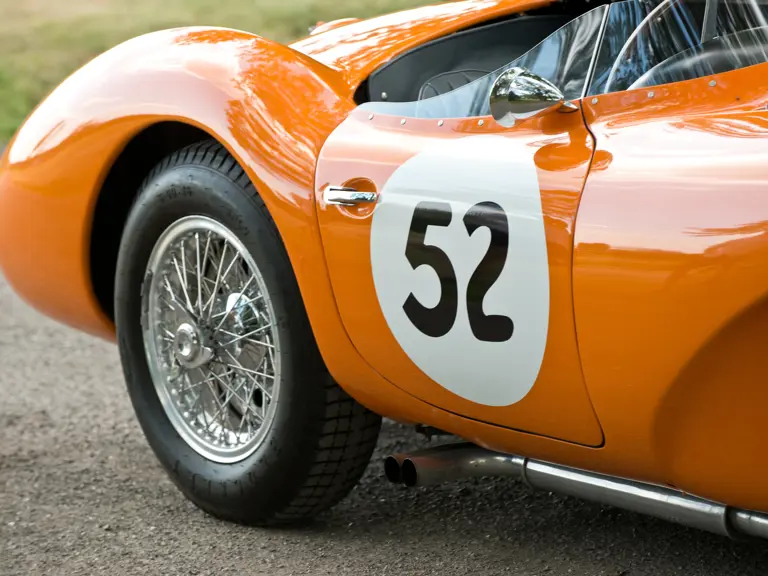

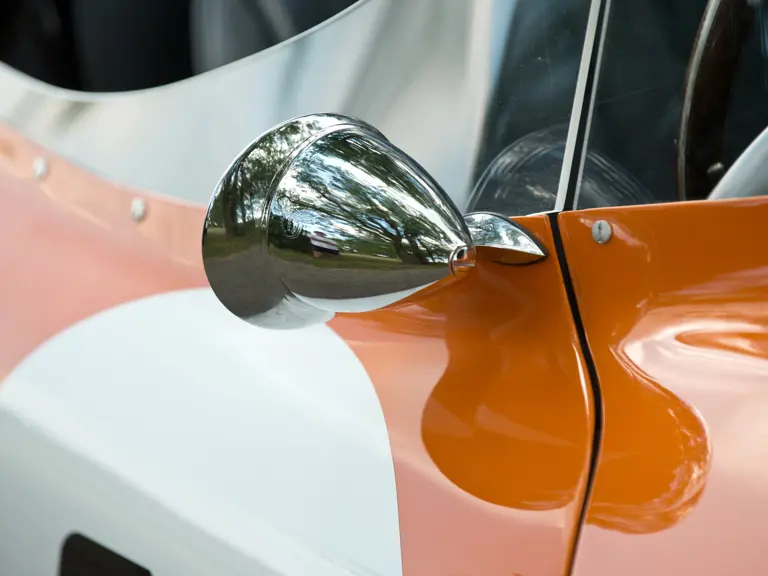
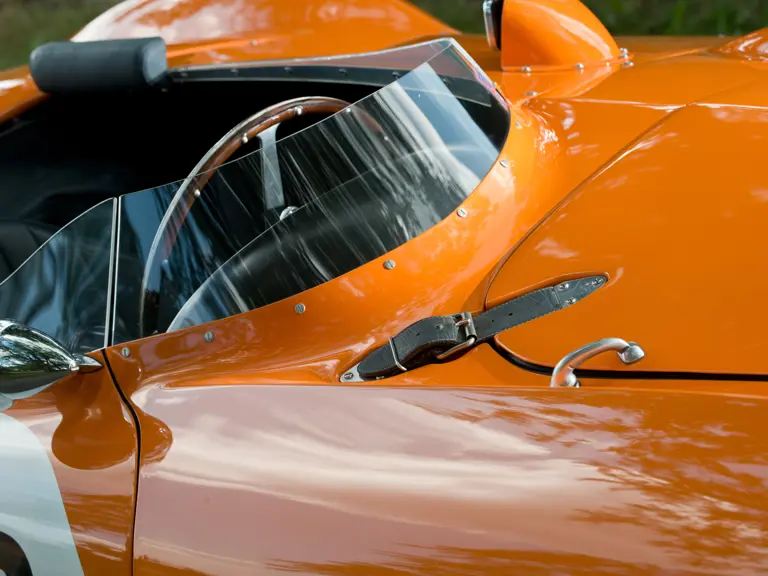
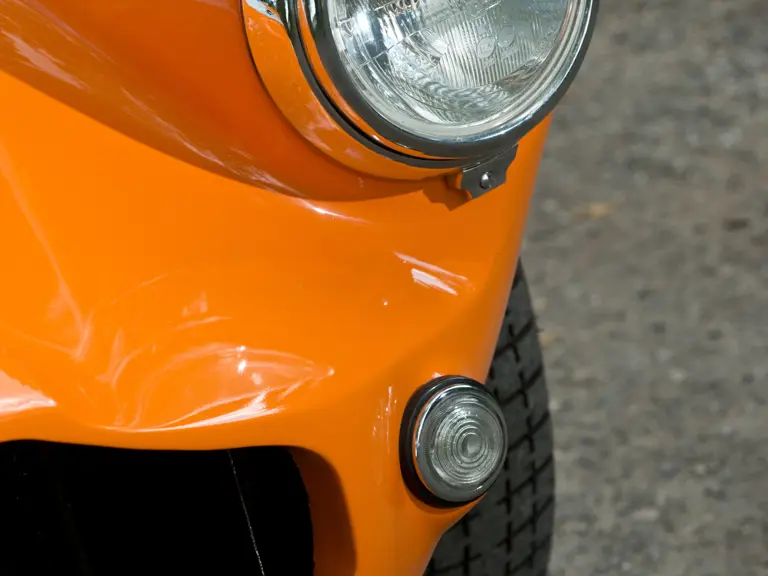
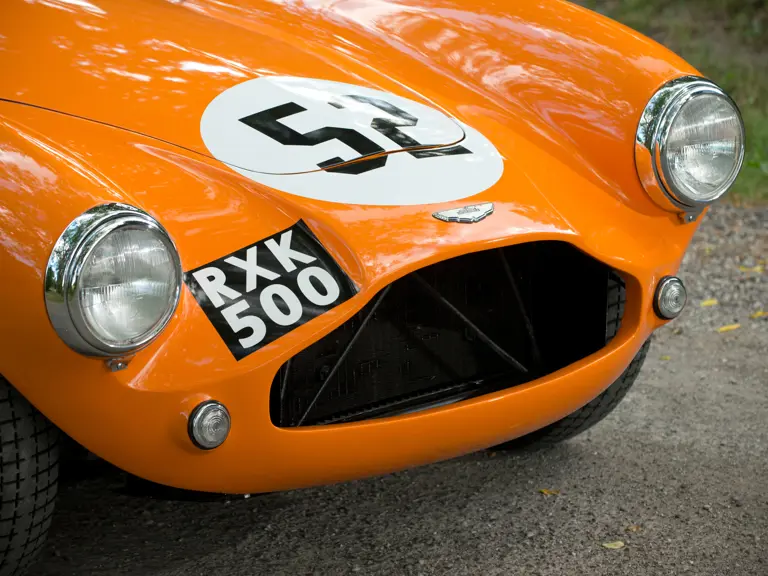

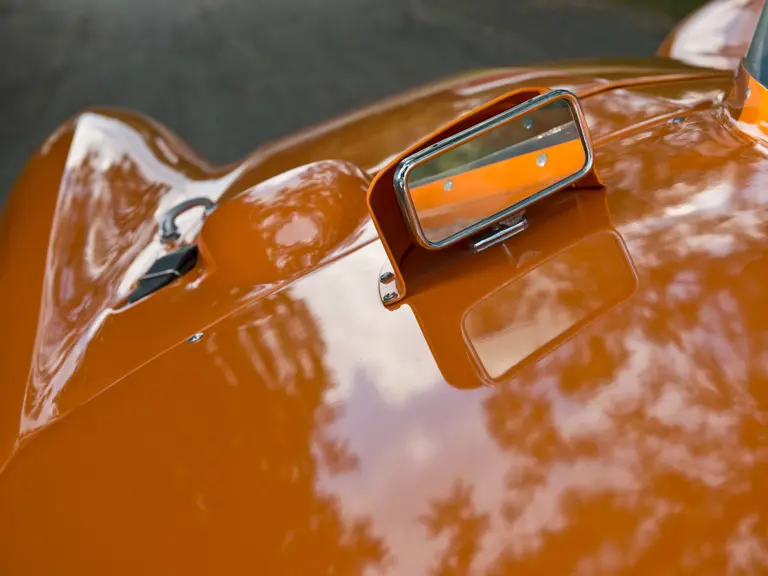
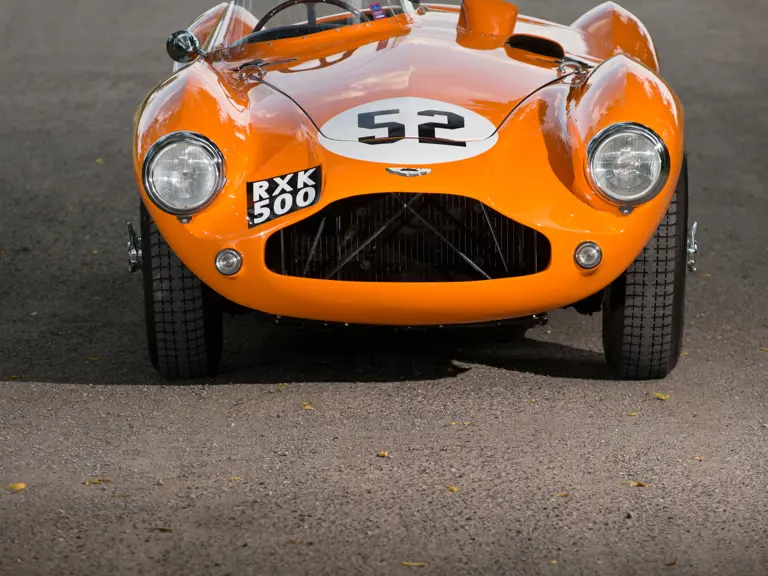
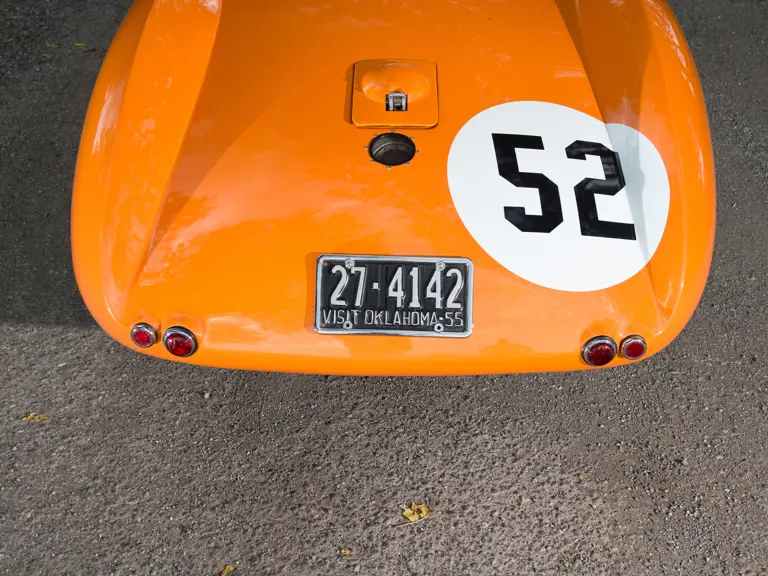
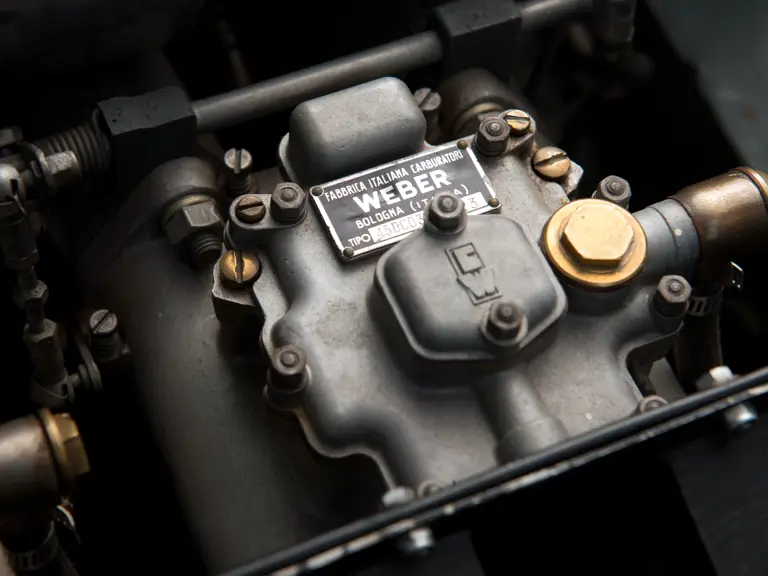
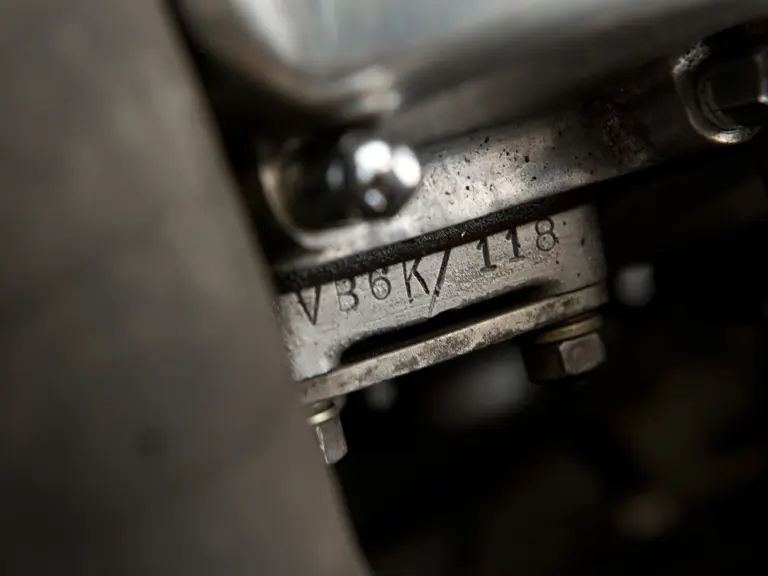
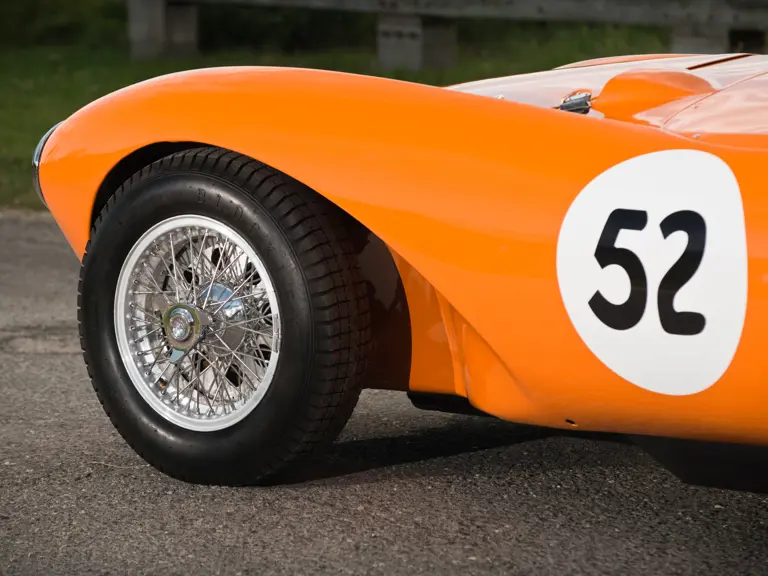
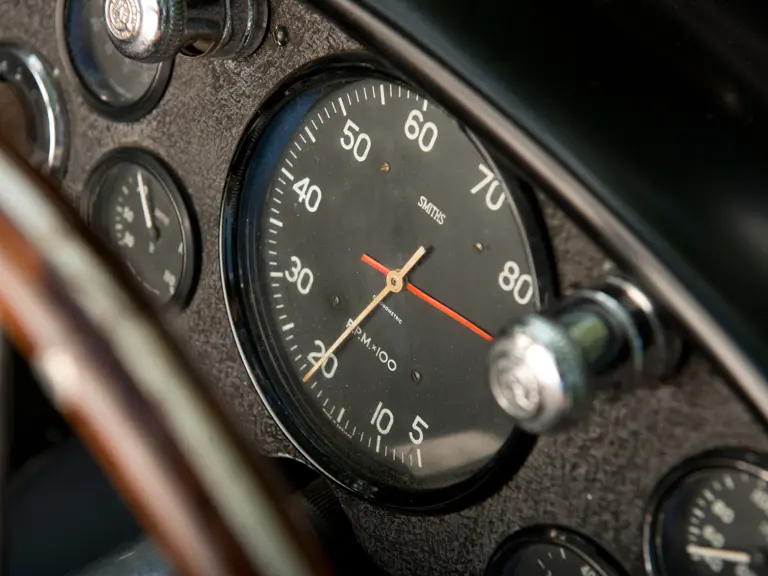
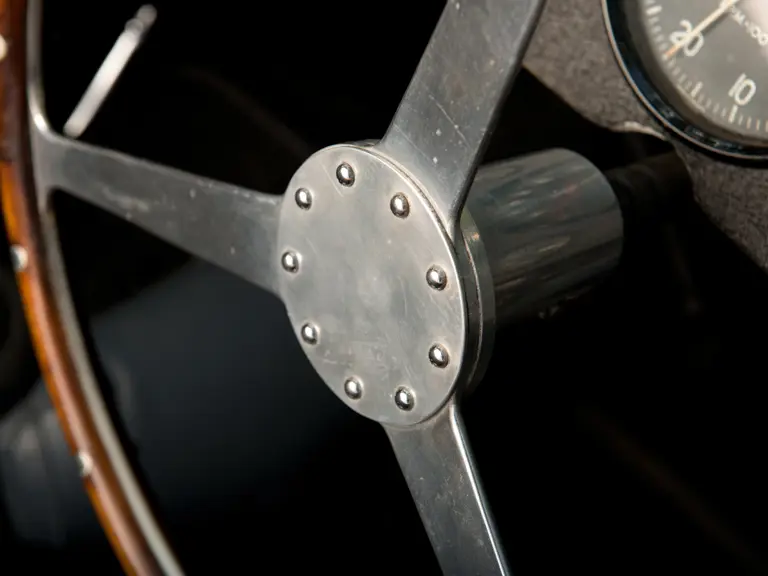
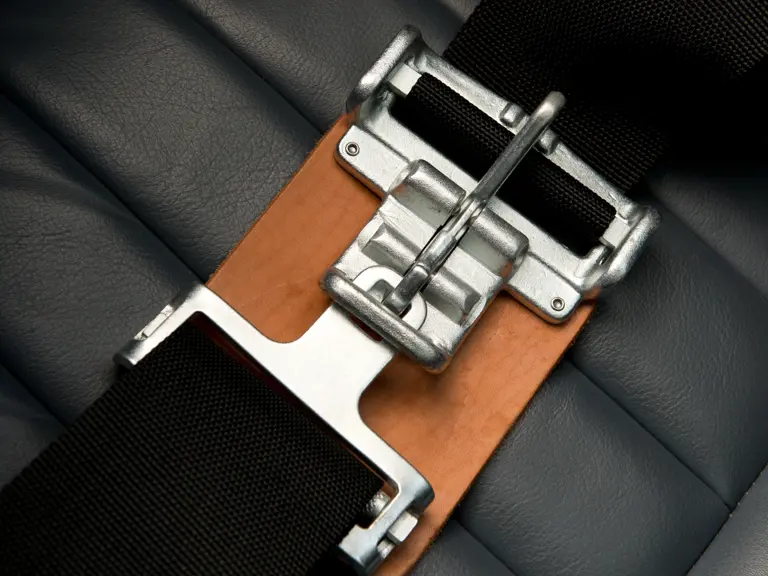
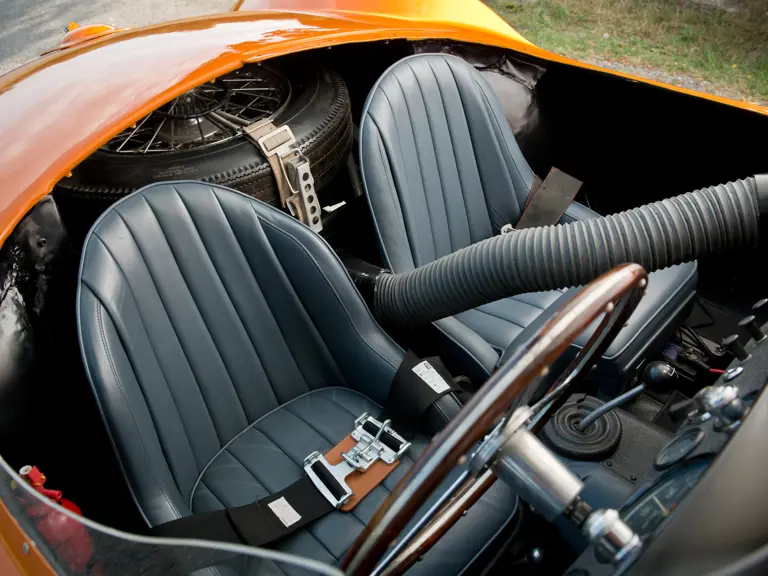
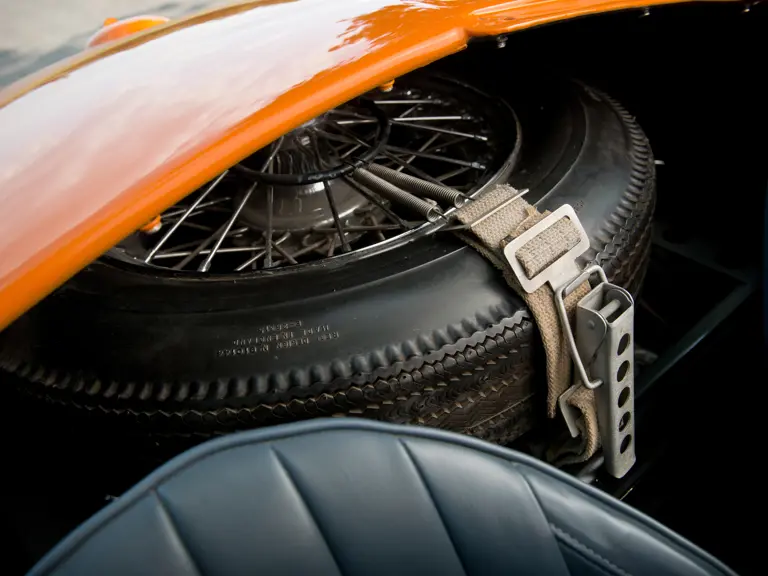
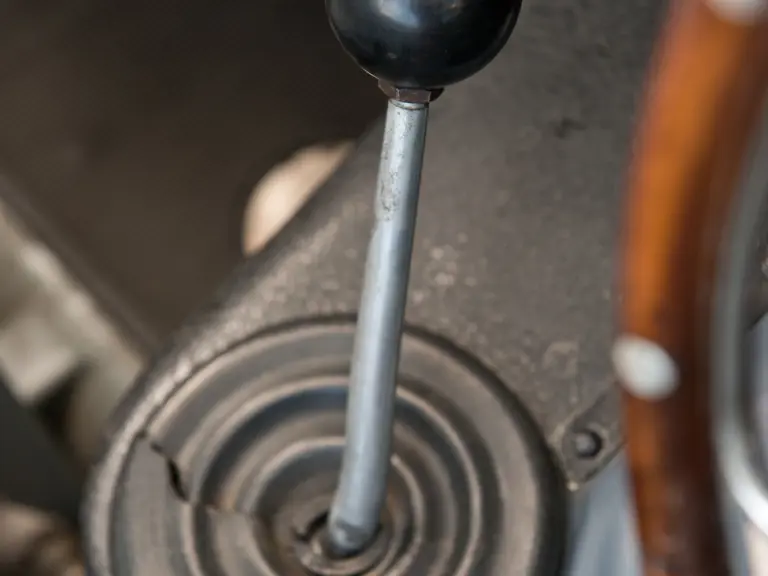
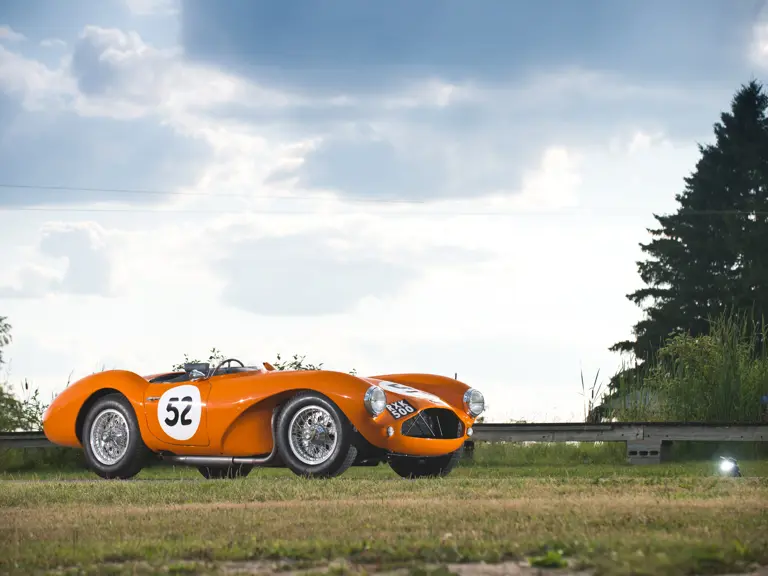
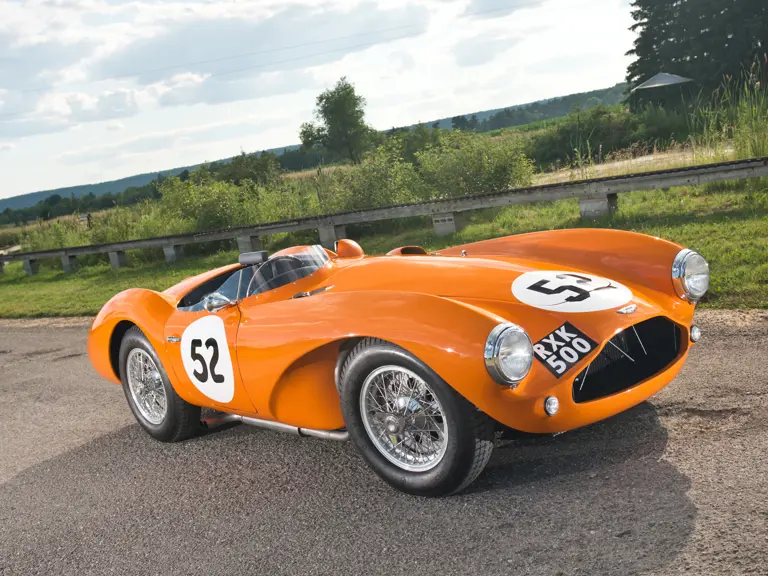
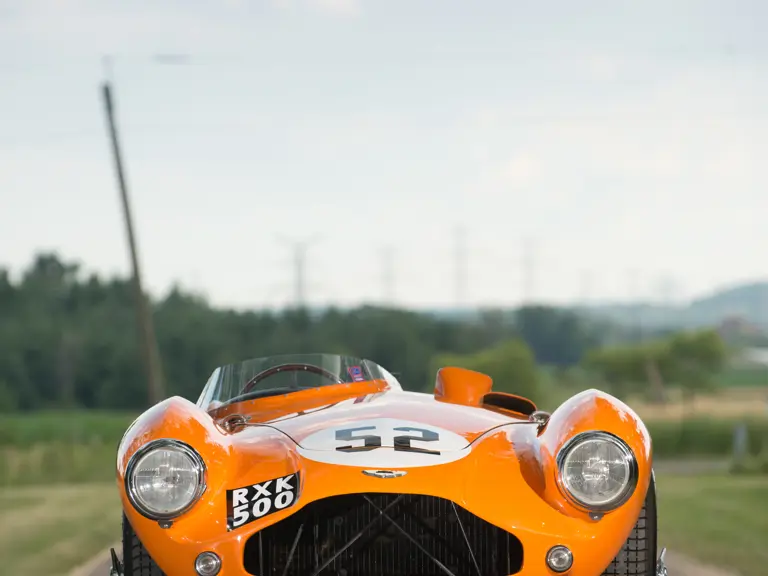

 | Monterey, California
| Monterey, California
